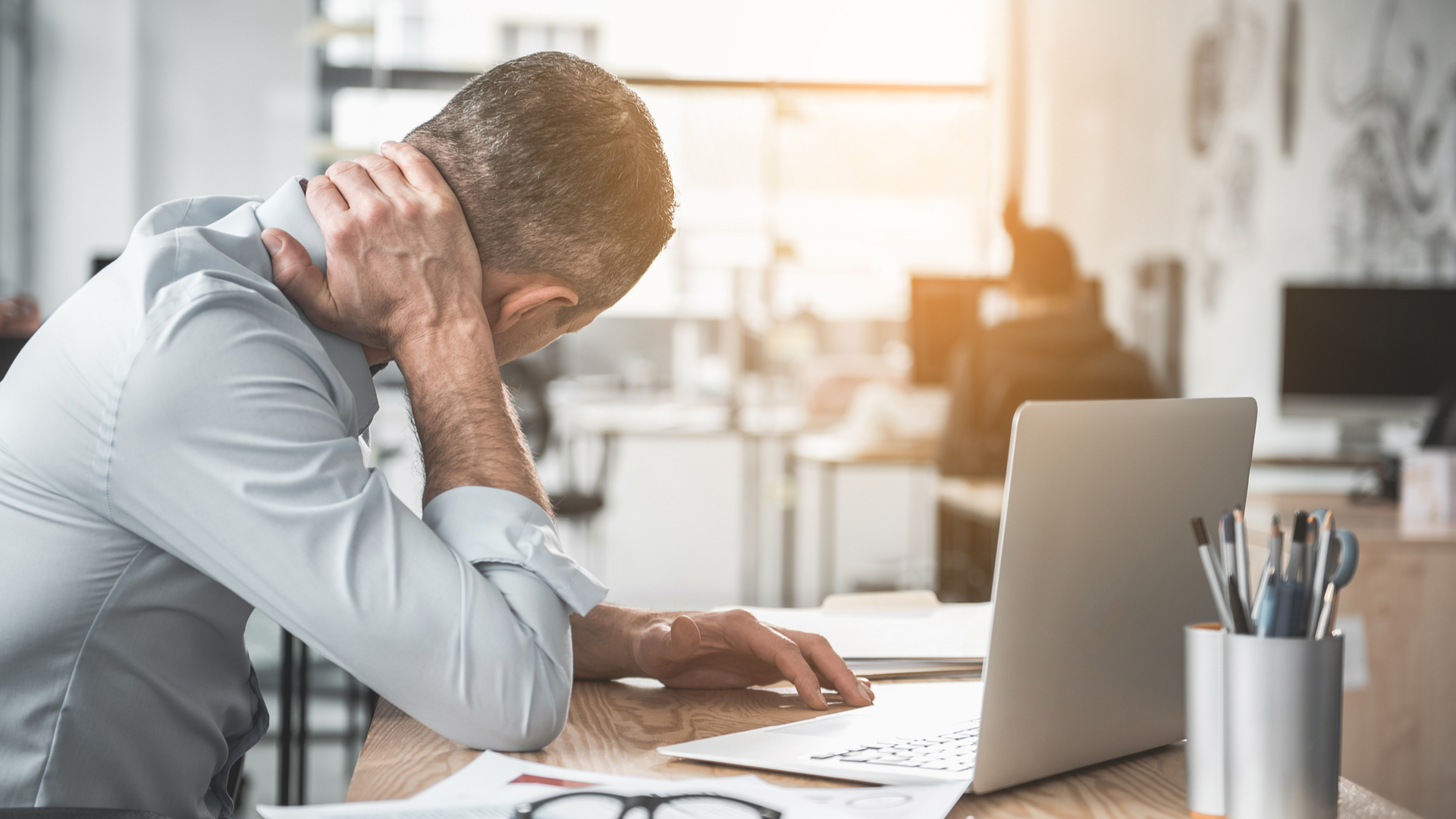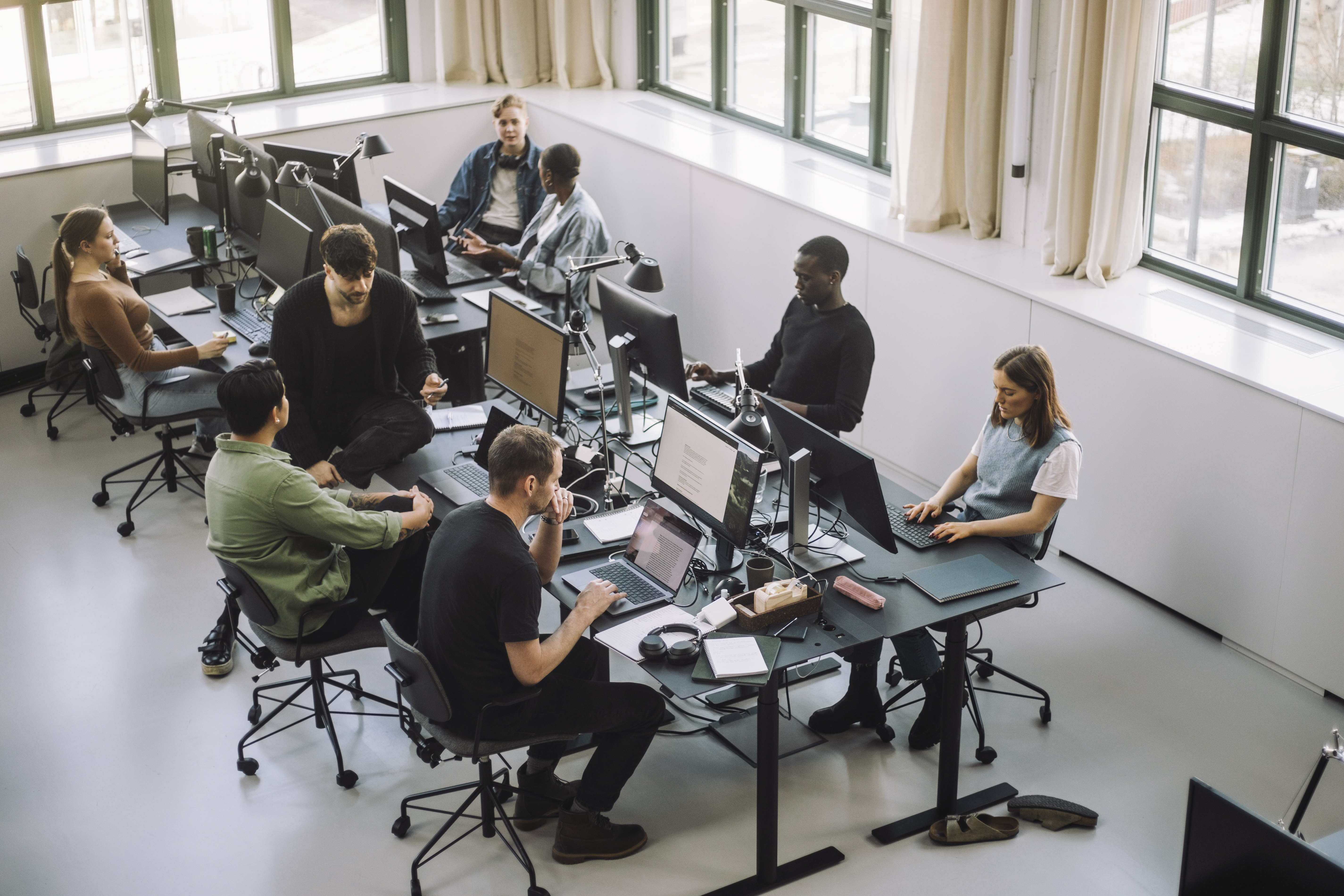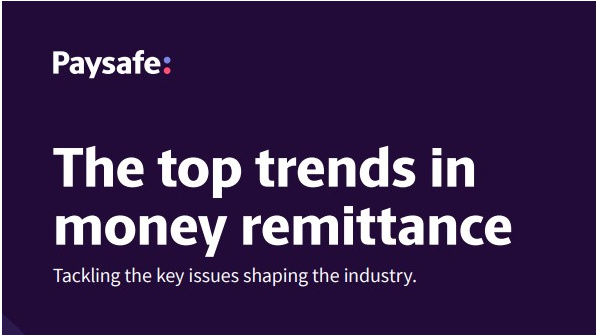Is technology damaging the health of your workforce?
Dave Howell asks whether technology is bad for our health, and what business owners can do to keep their workforces fit


For businesses, keeping their workforces fit and healthy is a commercial imperative. News headlines often warn that common technologies everyone uses daily are damaging our health. The question is how much damage is being caused, and what practical steps can you take to reduce these risks across your business?
The most obvious challenge facing businesses is the threat of physiological disorders. Repetitive strain injury, or carpal tunnel syndrome to give it its proper name, back and neck ache thanks to MSDs (musculoskeletal disorders), or eye strain when using outdated display equipment are still common in office environments, despite greater awareness over recent years.
Easily dismissed as little more than a bit of neck ache or eye strain, MSDs alone in 2016/17 lost businesses nearly nine million working days and that's before considering the health risks associated with increasingly sedentary lifestyles and the effect technology has on sleep patterns and concentration.
While there's no getting away from the fact technology is fundamental to everyday life, businesses that pay attention to the risks will be able to minimise their impact.
The microbial threat
The surging adoption of technology in our everyday lives means these issues will only worsen, particularly when we consider the hidden threat of bacteria. This has become particularly problematic with the rise of shadow IT and BYOD.
"What we need to do is separate the personal devices we use, such as tablets and phones, and the devices we tend to share, such as desktop computers and landline phones the sort of thing that tends to be on a typical desk in an office," says Dr Jonathan Cox, lecturer in microbiology at Aston University and Fellow of the Institute of Biomedical Science.
"Our personal devices will carry our normal skin flora on them. Skin bacteria will be present on our phones and tablets. These won't do us any harm as long as we maintain good personal hygiene. So as long as we wash our hands after going to the toilet, we won't transmit harmful pathogens when we then send a text message. So, in reality, personal devices tend to be cleaner than you may think."
Get the ITPro daily newsletter
Sign up today and you will receive a free copy of our Future Focus 2025 report - the leading guidance on AI, cybersecurity and other IT challenges as per 700+ senior executives
However, being vigilant when working with technologies we have no control over is important, especially workplace equipment.
"When we consider shared keyboards and mice, we tend to find these are a lot dirtier simply because you have no idea of the personal hygiene of the person that used that computer last," says Cox.
"There could even be a virus issue in these circumstances. Norovirus is a good example. It can easily be transmitted via touched surfaces and could result in vomiting and diarrhoea."
BYOD
Our office environments certainly aren't hotbeds of bacteria waiting to infect us, and the risk of becoming seriously ill is fairly low. However, being aware of the spaces we work in, and the technologies we use every day, is a sensible approach to staying fit.
Carrying your own keyboard and mouse to use at a workstation that is shared is a practical solution to infection prevention if you are concerned about cleanliness or, have an underlying health condition that could be affected by the various bugs in our environment.
Jorno's tri-folding ultra-thin keyboard combines functionality with an attractive price
Folding keyboards have been available for decades including the iClever Backlit Foldable keyboard and Jorno. They're practical options that remain affordable.
No one is expecting business owners to deep clean their offices, but sensible approaches to cleaning shared technologies with antibacterial cleaning products will help to reduce the quantities of microorganisms that could infect employees.
Design for health
Ergonomics is how the technologies and their associated environments impact our health. Neck, back, wrist and arm ache are all potential symptoms of MSDs that can in extreme circumstances become debilitating and even require surgery.
The design of the QWERTY keyboard, for instance, hasn't changed since the typewriter was invented in the mid-1860s, and computer mice have also changed very little over the past 40 years.
Microsoft's ergonomic range has its fans, though it's a little on the pricey side
The strain that keyboards and mice can place on workers' hands can be alleviated with wrist wrests. Some users of keyboards, such as Microsoft's Sculpt Ergonomic Desktop, or more exotic keyboards from Matias or Maltron do report a better typing experience with reduced wrist and forearm pain.
It's also possible to equip workstations with a wide range of other devices which could reduce the instances of RSI such as vertical mouse from Evoluent and OrthoMouse. And mouse alternatives such as the MouseTrapper or graphics tablets that use a pen instead of a mouse, and mice with built-in trackballs such as the MX Ergo or M570 offer integrated solutions that could prevent RSI developing.
"Companies should look to invest in accessories which will make it easier for staff to achieve this, such as stands for laptops if employees are using multiple screens to ensure they are positioned at eye-level," says Tim Button, chiropractor, British Chiropractic Association.
Maltron's keyboards are some of the most recognisable, though they take some getting used to
"I would also advise [this] for those employees who work primarily from laptops, ensuring they have access to a detachable mouse and keyboard so movement isn't restricted, and they don't feel the need to hunch over the tech."
The technology in use across your business doesn't exist in isolation. The design of the humble desk hasn't changed, but headlines often highlight the detrimental impact sitting for long periods can have. That said, standing for too long can be just as bad for you, so a compromise has to be made.
"Our posture is driven by our hands and eyes," says Sukhneet Assee, associate ergonomist with Humanscale, speaking to IT Pro. "Hands with our keyboard and mouse positioning and eyes with our monitors. So, if our work tools are kept too far back, or at awkward angles, this is what drives us to adopt poor and unnatural positions."
Logitech's striking MX Ergo promises to reduce muscle strain by 20% compared to standard mice
Ultimately, it's important to give employees choice when it comes to an office environment, and something as simple as offering sit/stand desks, or equipping standard desks with an adjustable shelf, gives them an opportunity to work how they feel most comfortable.
Businesses should discourage sitting for long periods of time, and ensure employees are able to stand and move about to exercise their lower back and limbs at regular intervals. And don't forget the chairs provided they should be height adjustable so everyone, no matter how tall they are, can reach their desks comfortably.
Dirty work
Businesses can and should take action to help their workforces better protect their health. This could be with the introduction of new associated technologies such as ergonomically designed peripherals. But when it comes to infections picked up from technology, personal hygiene will always be the most important factor.
Can technology damage our health? It certainly can if not used sensibly.
In a working environment, this means changing how we use technologies to reduce the stress and strain they place on our bodies. Simply making a working space more flexible can have a massive positive impact on the health of its users.
Image: Shutterstock
David Howell is a freelance writer, journalist, broadcaster and content creator helping enterprises communicate.
Focussing on business and technology, he has a particular interest in how enterprises are using technology to connect with their customers using AI, VR and mobile innovation.
His work over the past 30 years has appeared in the national press and a diverse range of business and technology publications. You can follow David on LinkedIn.
-
 Asus ZenScreen Fold OLED MQ17QH review
Asus ZenScreen Fold OLED MQ17QH reviewReviews A stunning foldable 17.3in OLED display – but it's too expensive to be anything more than a thrilling tech demo
By Sasha Muller
-
 How the UK MoJ achieved secure networks for prisons and offices with Palo Alto Networks
How the UK MoJ achieved secure networks for prisons and offices with Palo Alto NetworksCase study Adopting zero trust is a necessity when your own users are trying to launch cyber attacks
By Rory Bathgate
-
 The race is on for higher ed to adapt: Equity in hyflex learning
The race is on for higher ed to adapt: Equity in hyflex learningWHITEPAPER Fulfil student and faculty needs
By ITPro
-
 Practical ergonomics guide for education
Practical ergonomics guide for educationWHITEPAPER Save energy, focus, and promote overall well-being
By ITPro
-
 Better together
Better togetherWhitepaper Achieve more with Windows 11 and Surface
By ITPro
-
 Transforming the enterprise
Transforming the enterpriseWhitepaper With Intel and CDW
By ITPro
-
 How to manage – and mitigate – performative working
How to manage – and mitigate – performative workingFeature An increasing number of people are putting on a show of working, rather than actually getting on with it
By Peter Ray Allison
-
 The top trends in money remittance
The top trends in money remittanceWhitepaper Tackling the key issues shaping the money remittance industry
By ITPro
-
 How Kantar revamped its IT infrastructure after being sold off
How Kantar revamped its IT infrastructure after being sold offCase Study Being acquired by a private equity firm meant Kantar couldn’t rely on its parent company’s infrastructure, and was forced to confront its technical shortcomings
By Rene Millman
-
 The ultimate guide to 3D
The ultimate guide to 3DWhitepaper Creative boost breaks
By ITPro